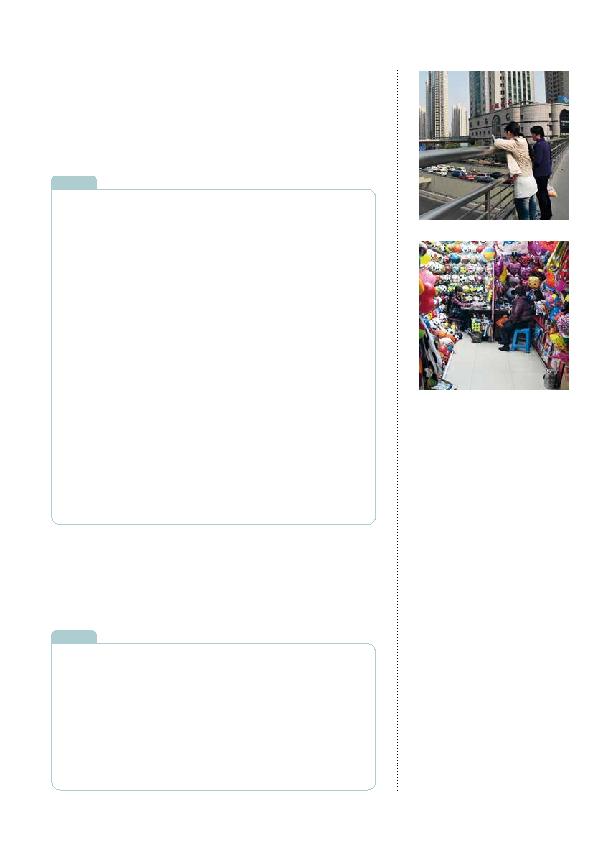
mid-market product range
ing standard high-end product offerings to their global customers in China.
Some years ago, they experienced that their growth in the high-end segment
did not follow the general market growth. The mid-market segment was
growing much faster and they realized that they needed to be present in that
segment to compete with the local Chinese competitors, who were growing
and gaining market share.
range for the Chinese mid-market priced 20-40% below their established
high-end range. To reduce the risk, the new mid-market product range was
clearly differentiated and positioned.
mid-market customers wouldn't invite bids from this high-end company due
to their high prices. However, the lower priced product range now gave the
company access to biddings and more importantly, provided opportunities to
start a dialogue with potentially new customers. In some cases, these new
customers actually decided to upgrade from a mid-range product to a high-
end product when they considered total cost of ownership. All in all, this ex-
tension of their product program increased the growth in both the mid-market
and high-end market, and cannibalization didn't occur.
ganization to extend the business into the mid-market. However, extending a business
downward to lower priced levels imposes some organizational challenges. In particular,
the sales organization must be flexible to serve both a high-end and a mid-market seg-
ment as exemplified with the case below.
better fit between benefits and cost. As Steve Jobs put it, "if you don't cannibalize
yourself, someone else will". Within the field of branding, this is termed "preemptive
cannibalization". If cannibalization occurs, it may initially be considered a threat, but
long-term, it may also be seen as valuable market feedback indicating an opportunity
to introduce a new lower priced offering which is better aligned with the market's
demands.
mid-market priced at 50% of their established high-end product range. The
products were based on dated technology that was being phased out from the
high-end brand. However, the low cost products didn't sell, primarily due to
poor performance of the sales organization. The sales people felt there was
more prestige in selling high-end products with the latest technology, so the
sales people started leaving the company, resulting in an average employee
turnover rate of 3 months in this part of the sales organization.